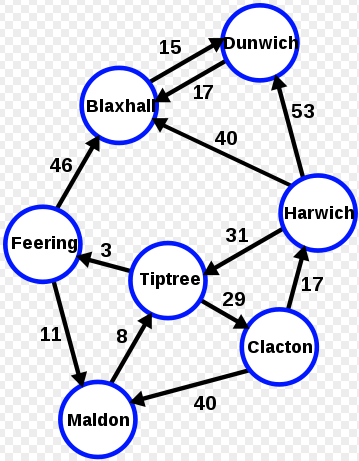Traditional RDBMS vs. Unstructured NoSQL Data Management
In the realm of data management, two prominent contenders have emerged, each catering to distinct needs and challenges faced by modern applications: Traditional Relational Database Management Systems (RDBMS) and Unstructured NoSQL Data Management Systems. These two titans offer vastly different approaches to storing, organizing, and accessing data, and each has its unique strengths and weaknesses. This article delves into the intricacies of both RDBMS and NoSQL systems, shedding light on their features, use cases, and how they shape the landscape of modern data management.
Part I: The Mighty RDBMS
The Traditional Relational Database Management System (RDBMS) has been the stalwart of data management for decades. Structured around the concept of tables with rows and columns, RDBMS systems employ SQL (Structured Query Language) as their standard interface. ACID (Atomicity, Consistency, Isolation, Durability) properties ensure data integrity, making them highly reliable for transactional operations.
- Data Schema: RDBMS systems enforce a strict schema, ensuring data consistency by defining data types, constraints, and relationships between tables. This structure makes them ideal for applications with predictable and well-defined data models.
- Transactions: ACID compliance in RDBMS ensures that transactions are either fully executed or entirely rolled back, maintaining data integrity even in complex multi-step operations.
- Data Integrity: RDBMS systems maintain referential integrity, preventing orphaned records and ensuring a consistent and reliable dataset.
Part II: The Agile NoSQL Systems
As digital ecosystems expanded and brought forth new challenges, the rigidity of RDBMS became a limitation in certain use cases. Enter NoSQL (Not Only SQL) databases, designed to handle unstructured and semi-structured data in a more flexible manner. NoSQL systems prioritize scalability, performance, and ease of development over strict consistency.
- Schema Flexibility: NoSQL databases embrace schemaless design, allowing developers to store unstructured and variable data without the constraints of predefined schemas. This makes them suitable for applications dealing with constantly evolving or diverse data.
- Horizontal Scalability: NoSQL databases are designed to scale horizontally, distributing data across multiple nodes to accommodate growing data demands and high throughput.
- Variety of Data Models: NoSQL comes in various flavors like document-based (e.g., MongoDB), key-value (e.g., Redis), column-family (e.g., Cassandra), and graph databases (e.g., Neo4j). Each model caters to different use cases, enabling developers to choose the best fit for their specific needs.
Part III: Use Cases and Applications
- RDBMS Use Cases: Traditional RDBMS systems are well-suited for applications with stable and structured data, such as financial systems, CRM databases, and inventory management.
- NoSQL Use Cases: NoSQL databases excel in scenarios requiring high scalability and flexibility, such as real-time analytics, content management systems, IoT applications, and social media platforms.
Part IV: The Hybrid Approach
Recognizing the strengths of both RDBMS and NoSQL systems, many organizations adopt a hybrid approach. They use RDBMS for critical data that demands strict consistency, while NoSQL databases handle rapidly growing and unstructured datasets where flexibility is key.
Final Thoughts
In the ever-evolving world of data management, both Traditional RDBMS and Unstructured NoSQL Data Management Systems continue to play vital roles, each catering to specific demands. The choice between them ultimately depends on the nature of the data, the requirements of the application, and the scalability needs. By understanding the strengths and weaknesses of each system, businesses can make informed decisions to optimize their data management strategy and stay ahead in the competitive digital landscape.


Hello